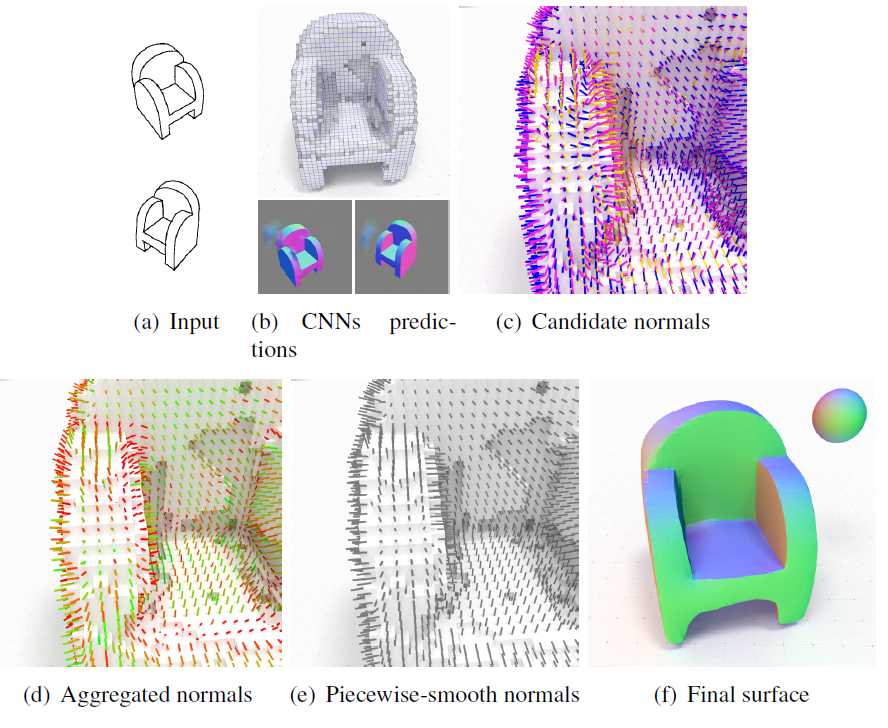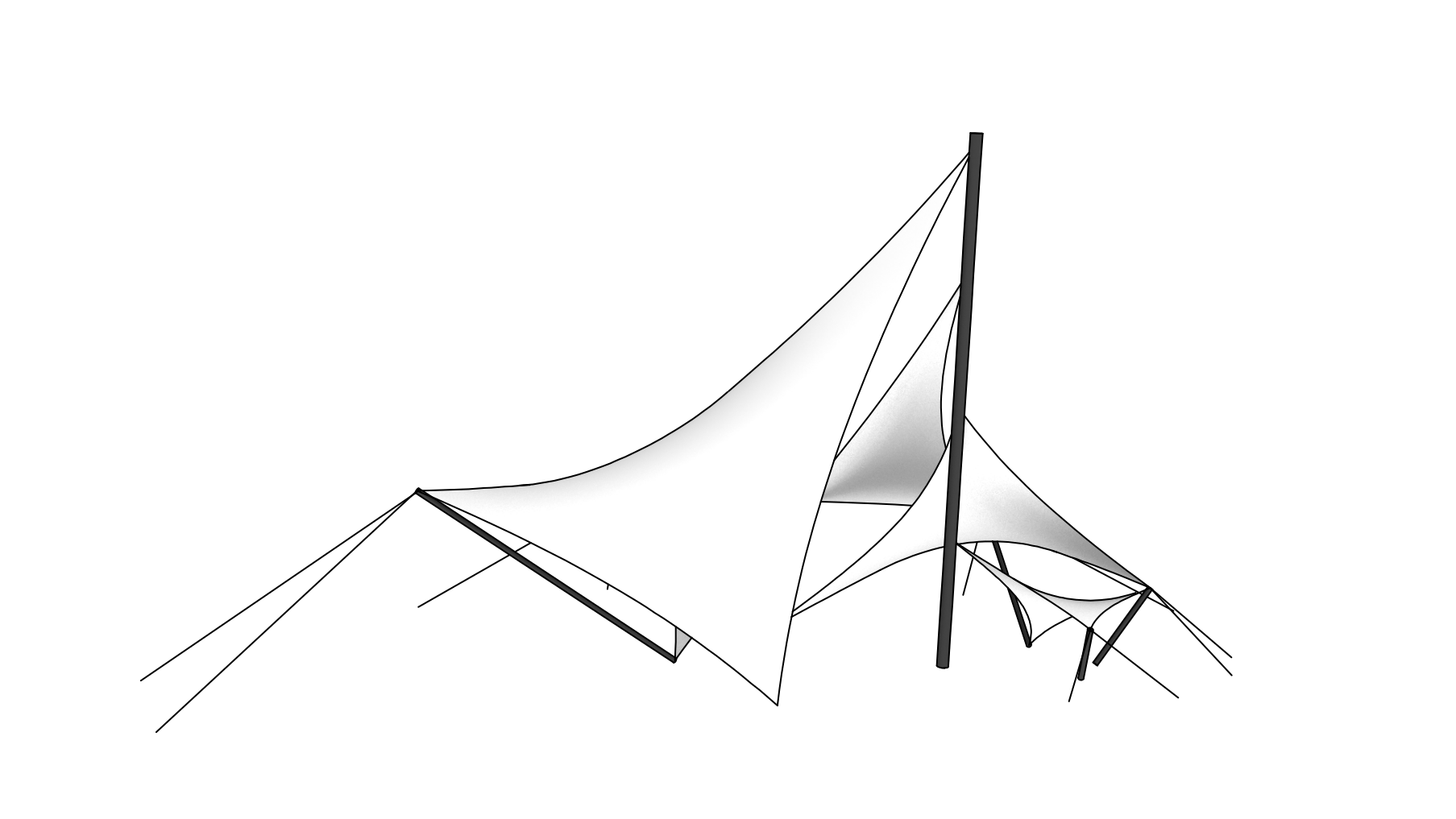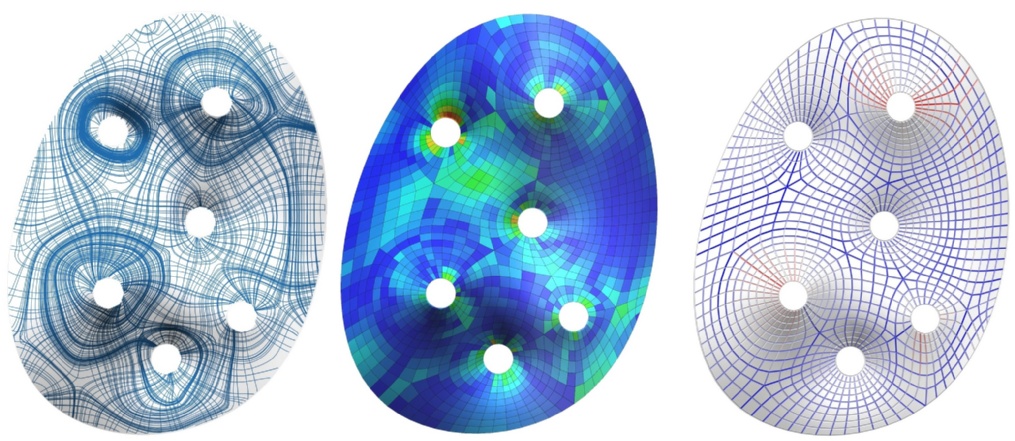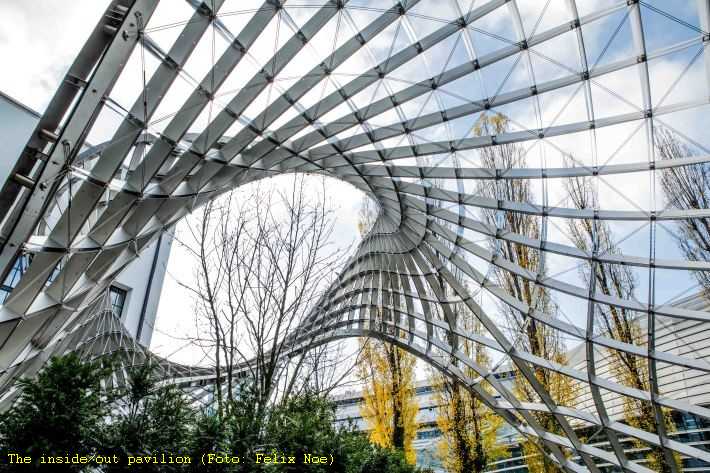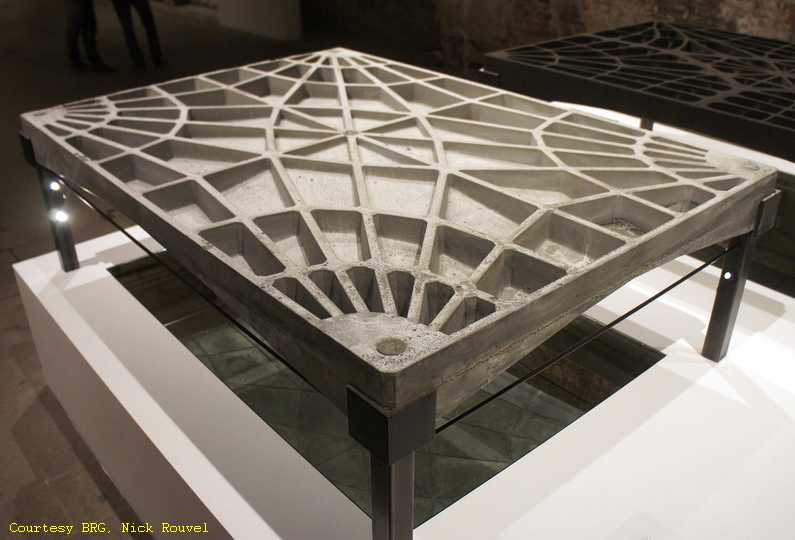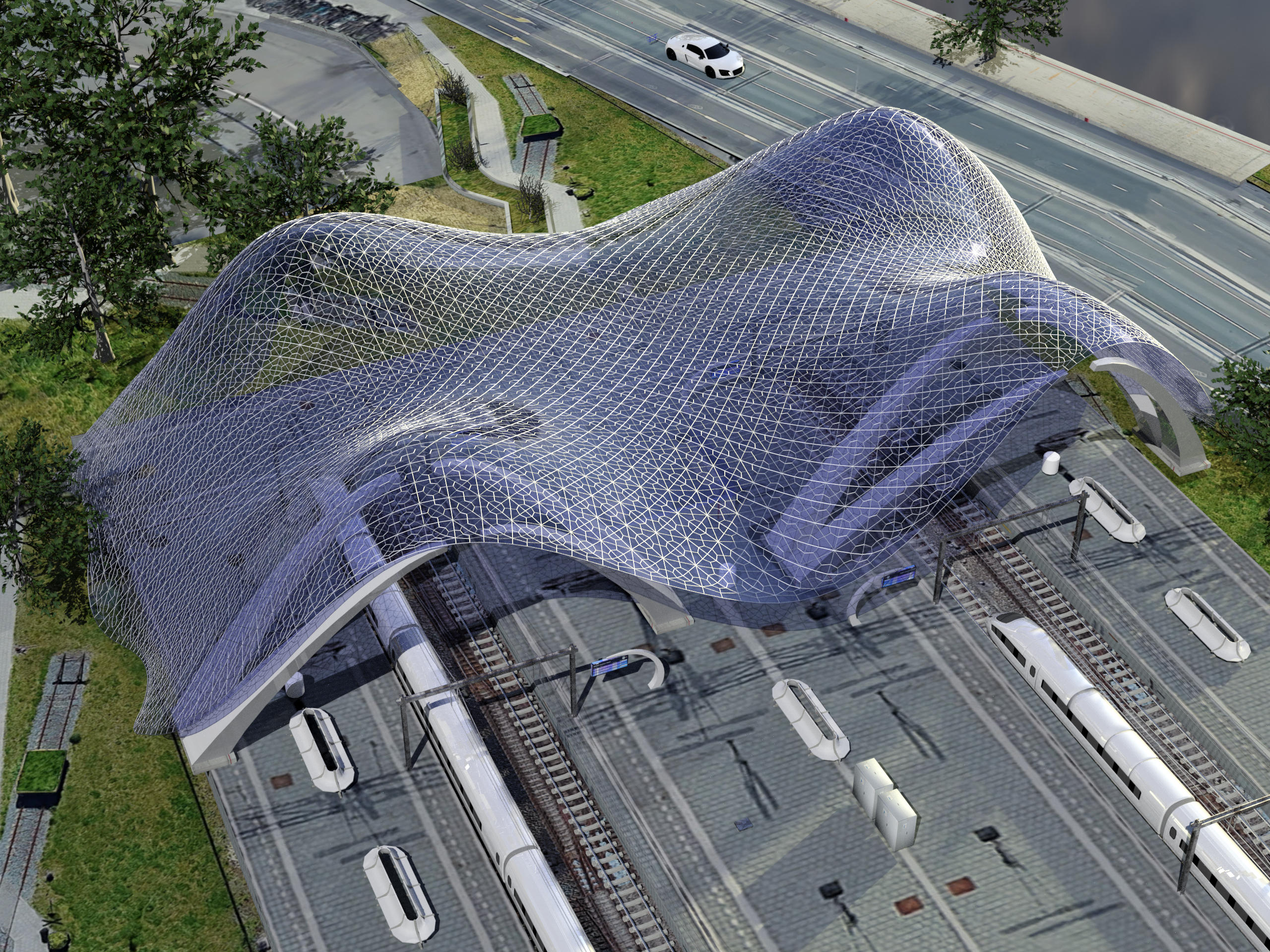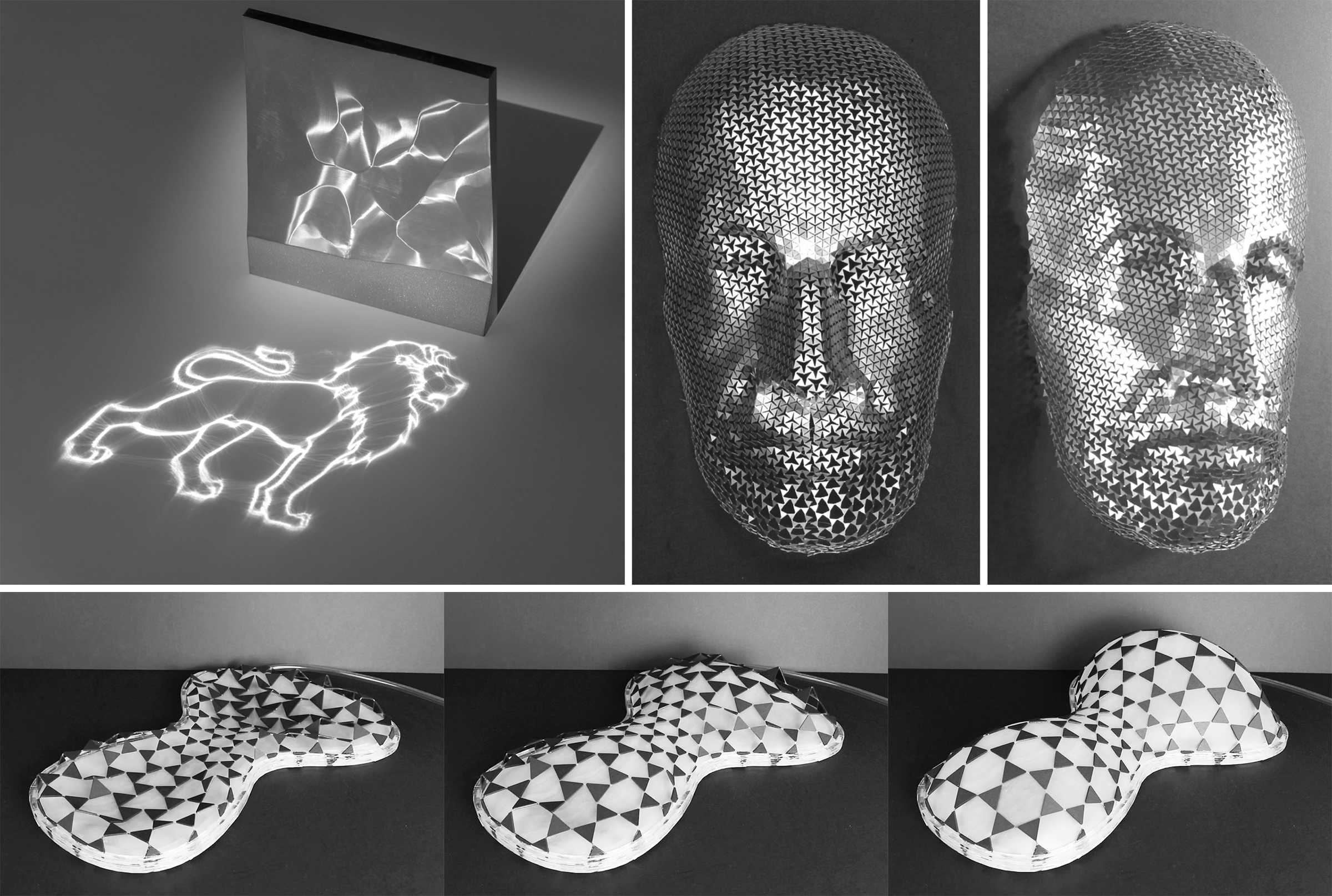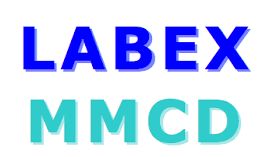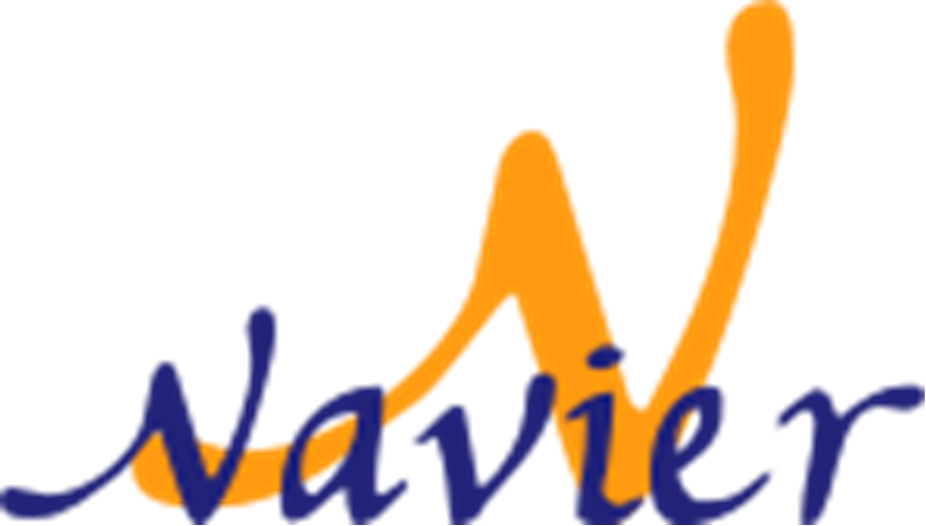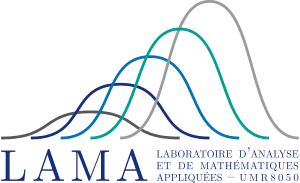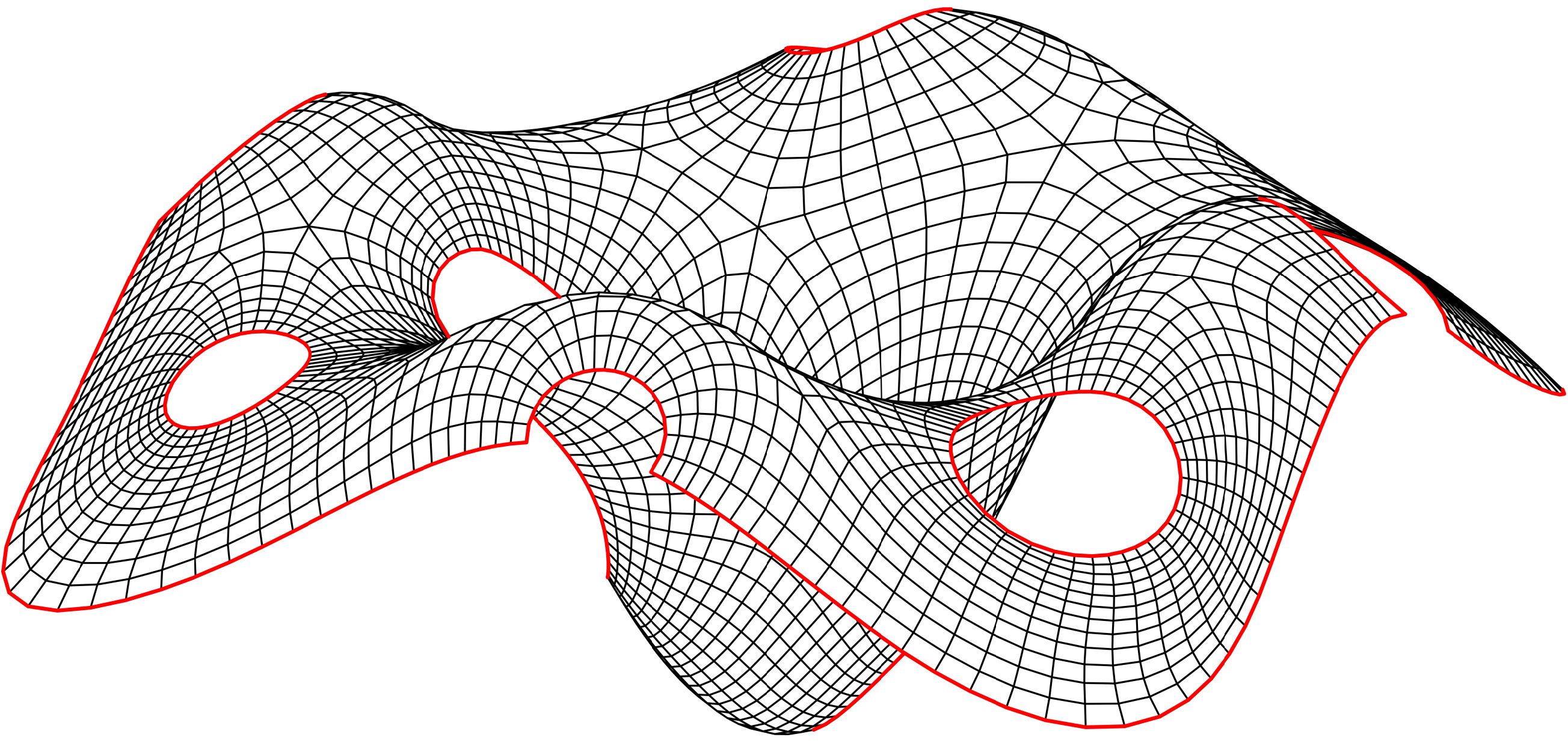
Thinkshell Architectural Geometry Lessons
Organised by:
Olivier Baverel (ENPC), Cyril Douthe (IFSTTAR), Laurent Hauswirth (UPEM)
The Thinkshell Architectural Geometry Lessons are a series of conferences that intend at encouraging exchanges between mathematicians, computer scientists and structural engineers interested in structural design. The objective is to spread the advances in architectural geometry among the builders community and to encourage the development of fabrication-aware structural design.
Next session: Adrien Bousseau (INRIA), June 13th 2019, 13:00 in Amphi Navier
Interpreting Drawings for 3D Design
Abstract: Designers draw extensively to externalize their ideas and communicate with others. However, drawings are currently not directly interpretable by computers. To test their ideas against physical reality, designers have to manually create 3D models suitable for simulation and 3D printing. The long term goal of our group is to bring the power of 3D engineering tools to the creative phase of design by automatically estimating 3D models from drawings. I will present our recent progress on several topics related to this goal, such as collecting real-world drawings from product designers, converting rough drawings into parametric curves, reconstructing 3D shapes using geometric or data-driven approaches, and fabricating physical prototypes of mechanical objects.
Bio: Adrien Bousseau is a researcher at Inria Sophia-Antipolis in the GraphDeco research group. He did his PhD at Inria Rhône-Alpes and his postdoc at UC Berkeley. He also did several internships at Adobe Research. Adrien does research on image creation and manipulation, with a focus on drawings and photographs. Most notably he did some work on image stylization, image editing and relighting, vector graphics and sketch-based modeling. He received one of the three Eurographics 2011 PhD award for his research on expressive image manipulations and a young researcher award from the French National Research Agency (ANR) for his work on computer-assisted drawing. He received an ERC Starting Grant to work on drawing interpretation for 3D design.
To be announced:
Past speakers:
- Anna Bauer (TUMunchen)
- Prof. Johannes Wallner (TUGraz)
- Ass. Prof Eike Schling (TUMunchen)
- Prof. Philipp Block (ETHZ)
- Ass. Prof. Amir Vaxman (UUtrecht)
- Prof. Mark Pauly (EPFL)
Anna M Bauer (TUMunchen), February 12th 2019
Isogeometric Analysis – Challenges and Potentials for Structural Design
Isogeometric analysis (IGA) is a fairly new approach within finite element analysis. In contrast to “classical” approaches, that require a replacement of the CAD model by a finite element model, IGA omits this step by using the same parametric description also for the analysis. The Ansatz functions used are usually Non-uniform Rational B-Splines (NURBS). The smooth basis functions and the seamless link to CAD bring along a lot of possibilities in the design of structures. This talk will give a brief overview of IGA and the respective requirements and challenges. Furthermore, the potentials of the method within the design of lightweight structures, such as bending-active structures with mounting processes and form finding of tensile membrane structures, are highlighted.
Prof. Johannes Wallner (TUGraz), January 29th 2019
Material-minimizing forms and structures
We build on the classical work of Maxwell, Michell, and Airy to obtain a geometric understanding of optimality of surface-like lightweight structures. Here optimality means that the material needed for the structure is minimal under given constraints. We approach this problem by studying a discrete and a continuous version of it simultaneously, switching back and forth between trusses and truss-like continua. It has interesting connections to diffrential geometry and discrete differential geometry, in particular to surfaces which minimize a total absolute curvature functional. We also demonstrate how to employ the guided projection method invented recently to incorporate optimization in interactive computational design.
Ass. Prof. Eike Schling (TUMünchen), December 11th 2018
Repetitive Structures
Design and construction of curved support structures with repetitive elements
In his talk, Eike Schling will present a variety of architectural studies which aim to construct gridshells from repetitive parts. For this purpose, he introduces a theoretical framework that enables a systematic design and an analysis of the repetitive quality of doubly curved grid structures. The key is to consider both geometric as well as constructive criteria to allow for a repetitive fabrication of parts.
Eike has extensively studied such “repetitive structures” in both his research and teaching. His examples utilize various methods: Through digital sensitivity studies he investigates the impact of specific geometric parameters; in creative, experimental design studios, he conducts ‘research by design’ to develop modular shells; and finally, the theories of differential geometry are implemented to deduce the morphology of smooth networks.
Eikes studies not only reveal fundamental principles and dependencies within repetitive design, but also show the great potential and aesthetics of such structures. A novel design method – asymptotic networks on minimal surfaces – allows for the construction of strained gridshells from straight lamellas and orthogonal nodes. Construction of a prototypical structure, the Asymptotic Gridshell, was completed in Munich in 2017.
Prof. Philipp Block (ETHZürich), November 27th 2018
Strength through Geometry – Reimagining shell structures
Throughout history, master builders have discovered expressive forms through the constraints of economy, efficiency and elegance. There is much to learn from the structural principles they developed. Novel structural design tools that extend traditional graphical methods to three dimensions allow designers to discover a vast range of possible shell forms. By better understanding the flow of forces in three dimensions, excess material can be eliminated, natural resources conserved, and humble materials like earth and stone reimagined.
Drawing from a revival of forgotten principles combined with the latest advances in the design, engineering, fabrication and construction of doubly-curved shell structures, this lecture reveals the foundations upon which the award-winning “Beyond Bending” exhibition at the Venice Architecture Biennale in 2016 and the thin, flexibly formed concrete shell of the NEST HiLo project were based.
Ass. Prof. Amir Vaxman (UUtrecht), November 20th 2018
Moebius Geometry Processing
The mainstream approaches in digital geometry processing employ triangular (simplicial) meshes, discretize differential quantities using finite-element function spaces, and define transformations with piecewise-affine maps. I will describe how discrete Moebius geometry provides a novel alternative to these paradigms, by using circles as its basic elements, and describing quantities like conformality and regularity through the invariants of Moebius geometry. This paradigm allows to develop various capabilities, such as polygonal (non-triangular) mesh conformal deformations and multi-resolution design of unconventional mesh patterns with spherical precision. The applications for discrete Moebius geometry processing are within graphics, architectural geometry, and shape design.
Bio: Amir Vaxman is an assistant professor in the Geometric Computing Group in the Department of Information and Computing Sciences at Utrecht University, The Netherlands. Before his position at UU, he was a postdoctoral fellow in TU Wien (Vienna) at the Geometric Modeling and Industrial Geometry group, where he also received the Lise-Meitner fellowship. He earned his BSc in computer engineering, and his PhD in Computer science, both from the Technion-Israel Institute of Technology. His research interests are geometry processing and discrete differential geometry, focusing on directional-field design, unconventional meshes, constrained shape spaces, architectural geometry, climate and medical applications.
Prof. Mark Pauly (EPFL), November 8th 2018
Light, Matter, Form : Computational Design of Functional Geometry
In this talk, Mark Pauly will outline a general computational approach for material-aware design of complex 3D models. The key step is to identify suitable geometric abstractions of physical properties that enable effective computations with high predictive accuracy. He will show several examples of this approach for interactive design with inextensible and auxetic materials, and for performative optimization of light re-directing surfaces. These studies illustrate how to leverage geometric insights, mathematical theory, and advanced algorithms to build effective computational tools for material-aware design of performative geometry.
Bio: Mark Pauly is a full professor at the School of Computer and Communication Sciences at EPFL. He received his PhD in 2003 from ETH Zurich, spent two years as a postdoctoral scholar at Stanford University and four years as assistant professor at ETH Zurich. His research interests include computer graphics, computational design, digital fabrication, and architectural geometry. He received the ETH medal for outstanding dissertation in 2003, the Eurographics Young Researcher Award in 2006, an ERC starting grant in 2010, and the Eurographics Outstanding Technical Contributions Award in 2016.

